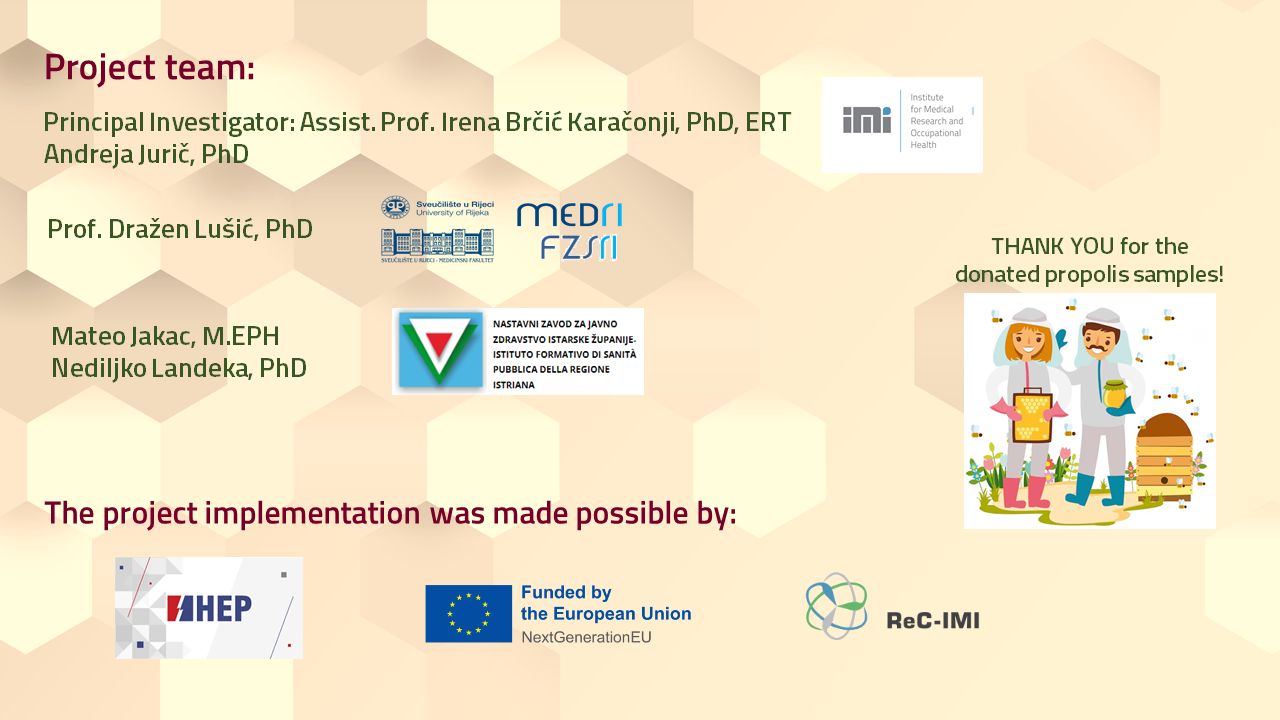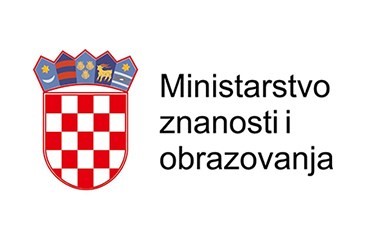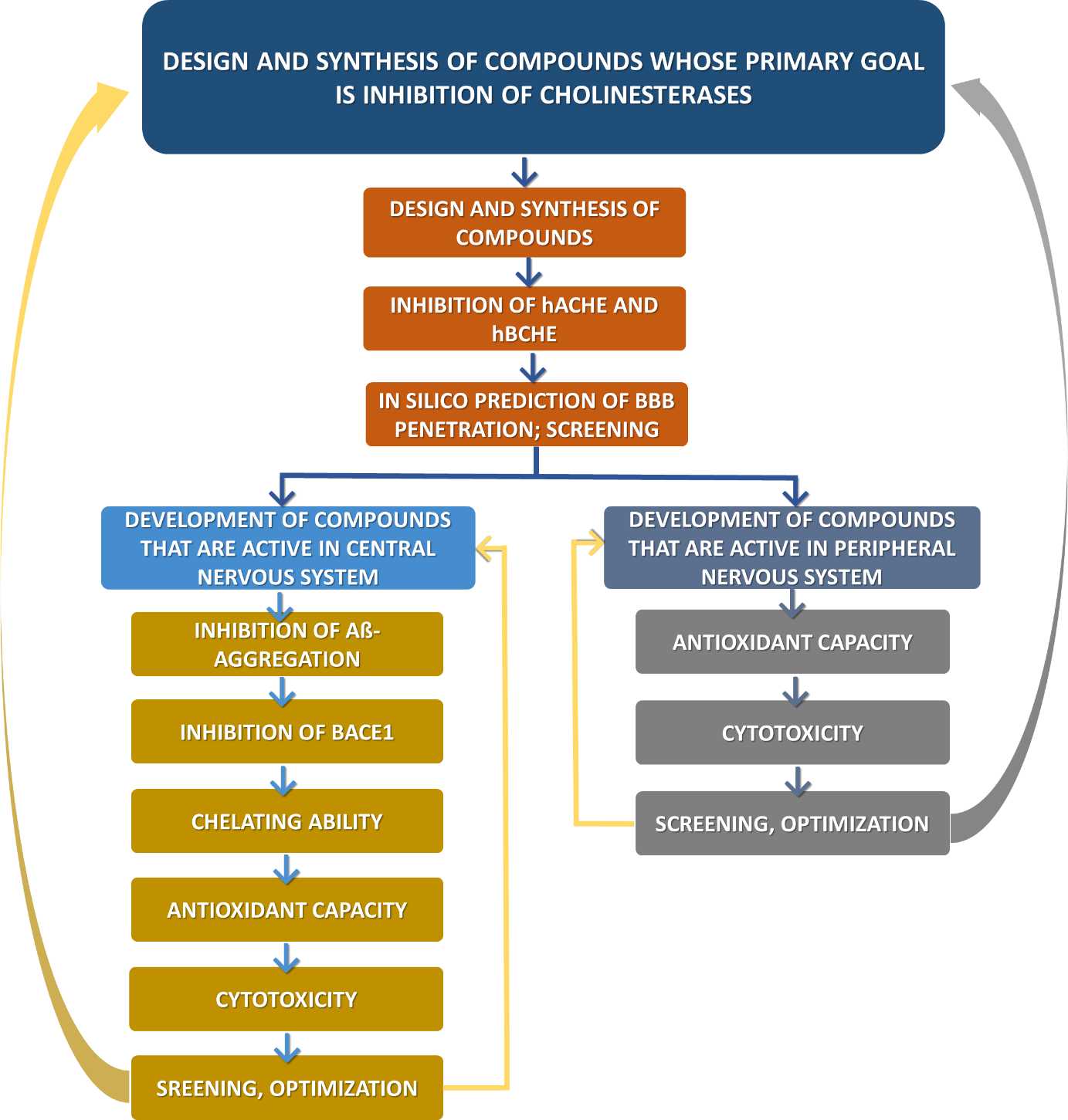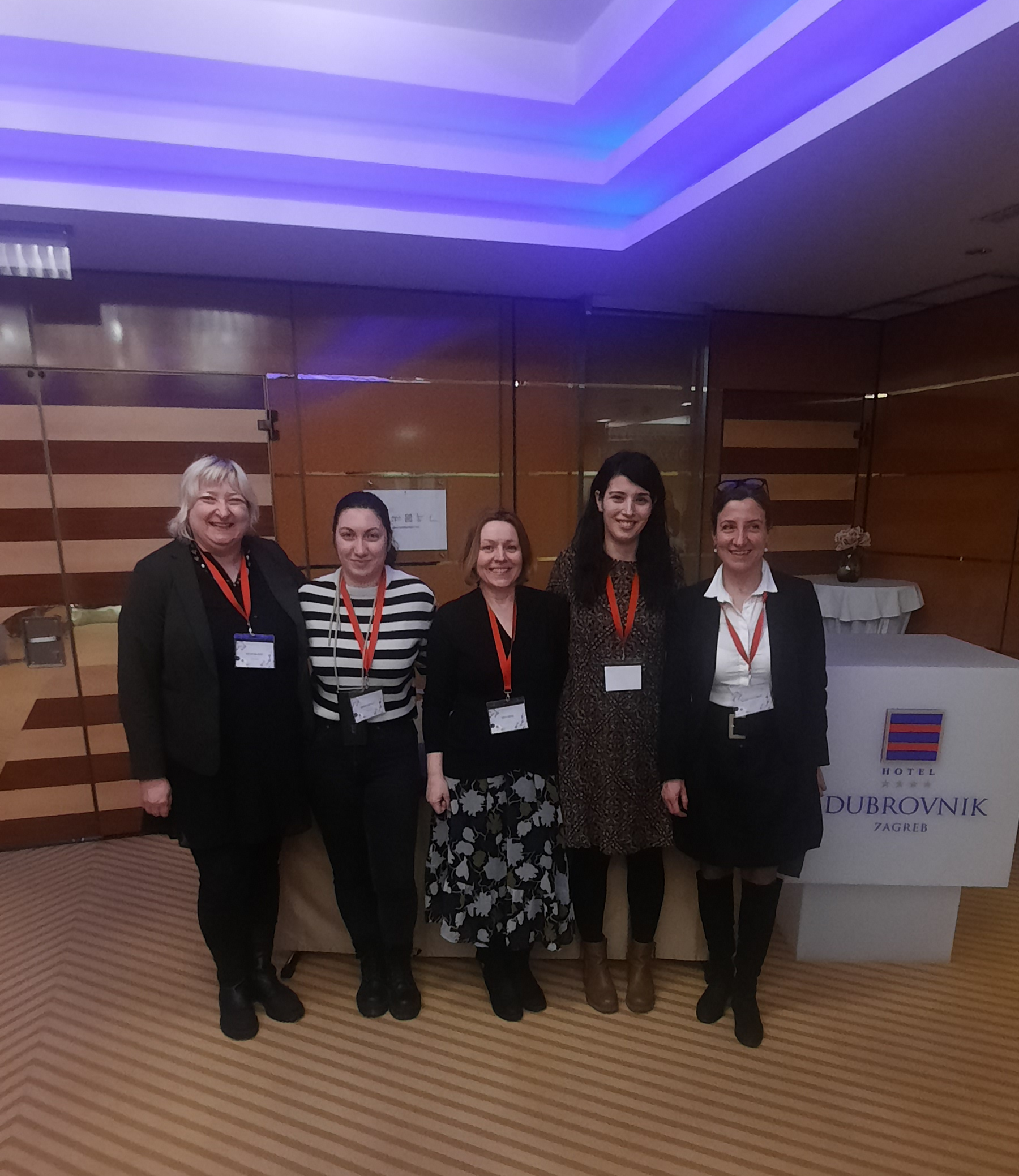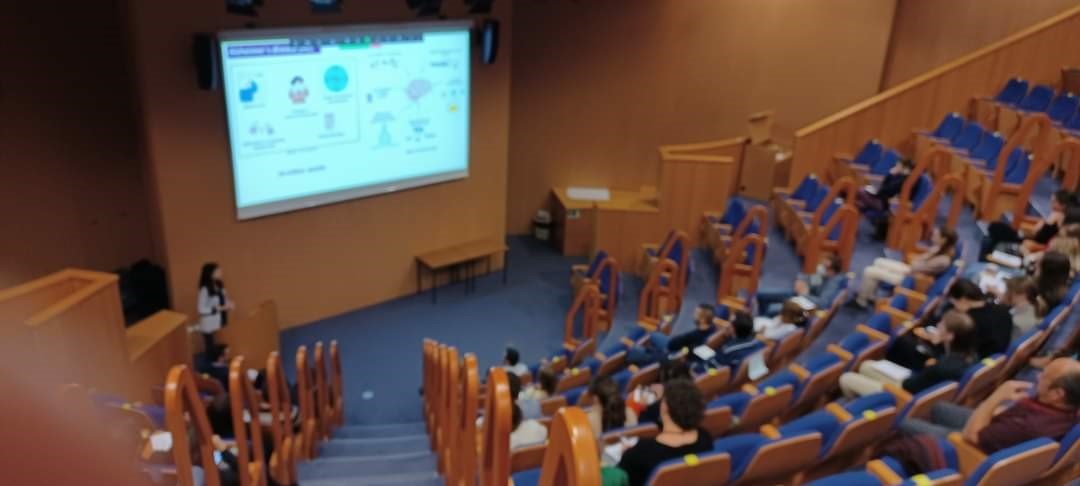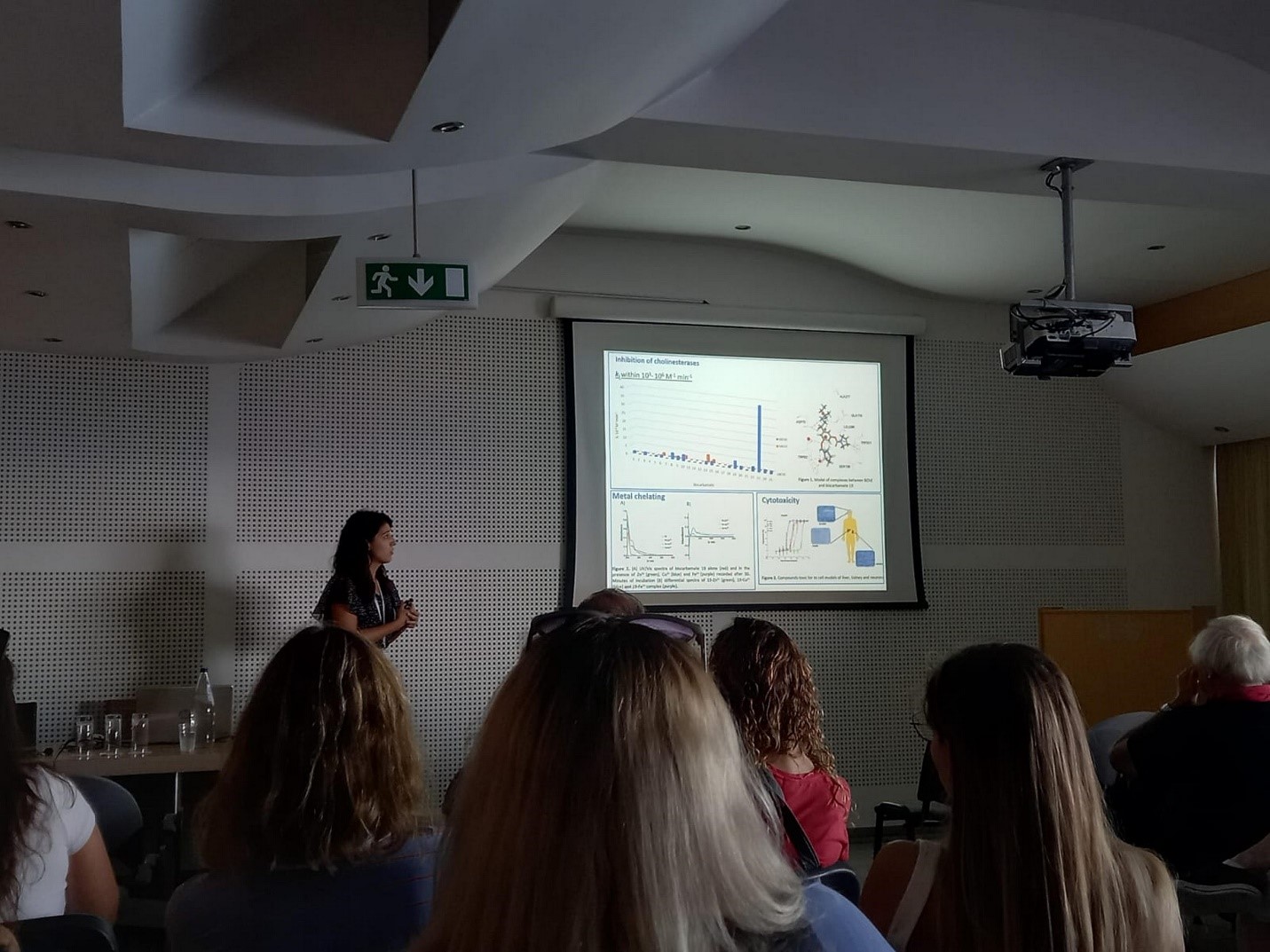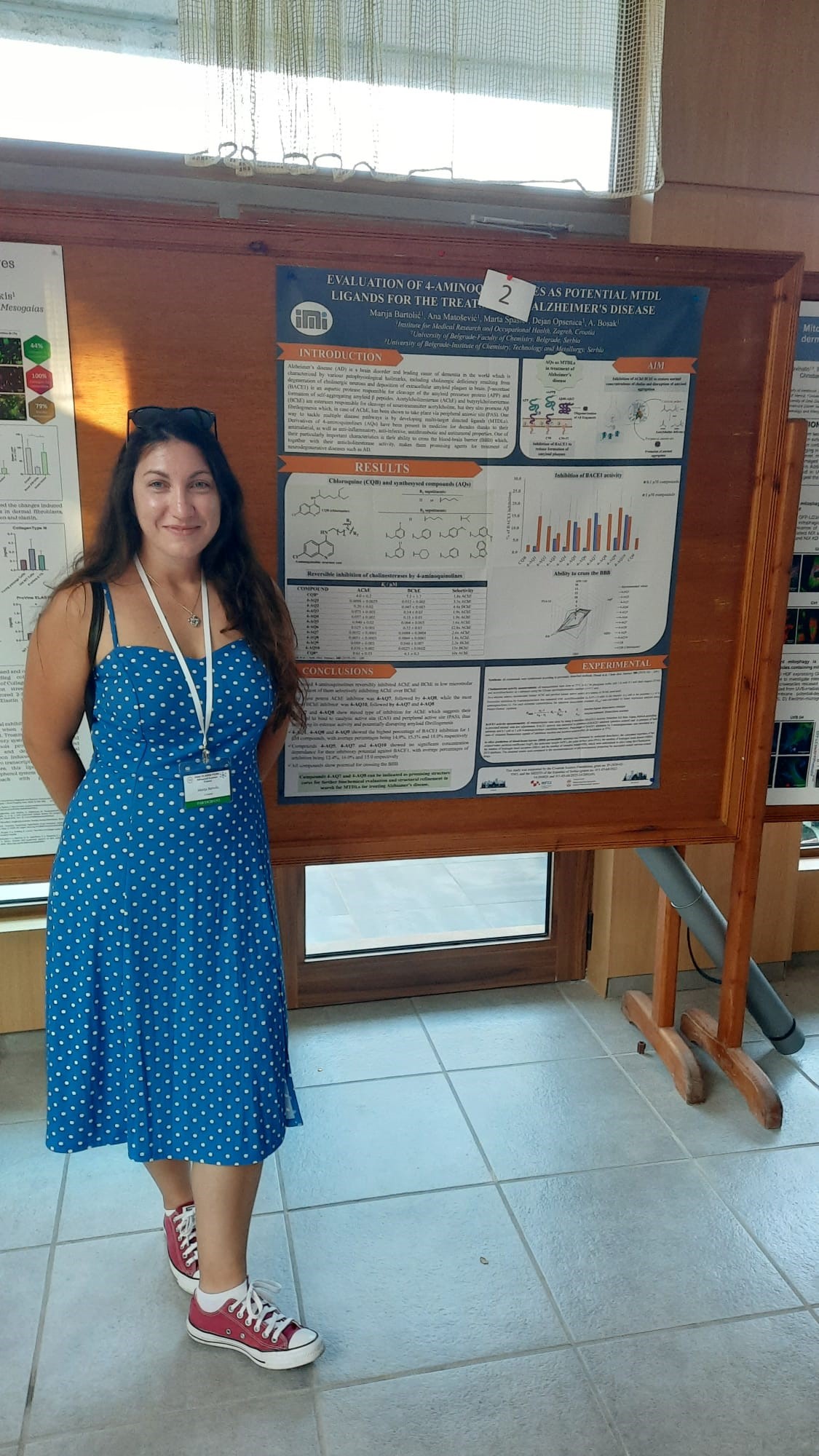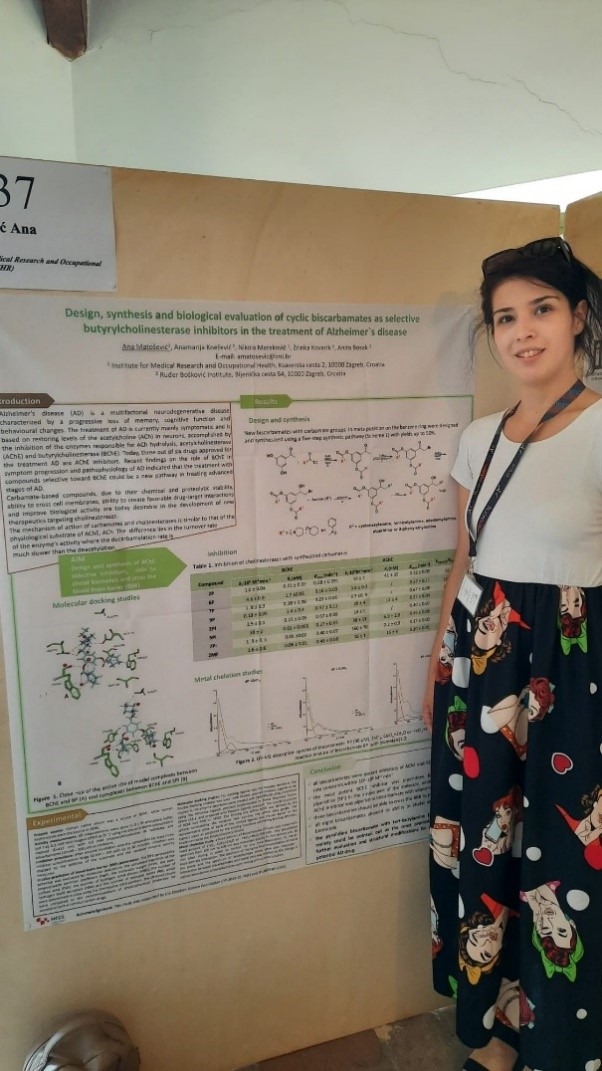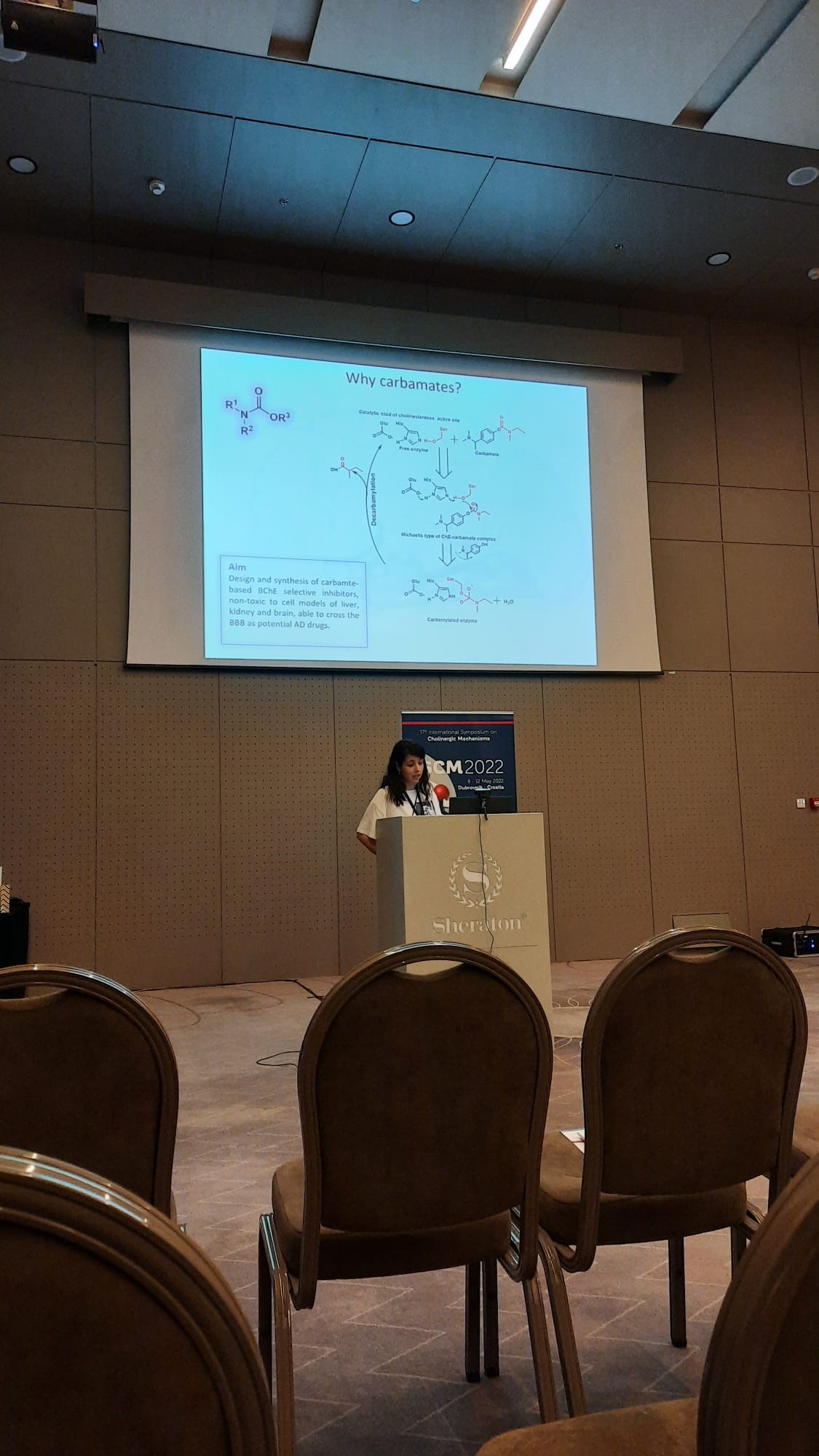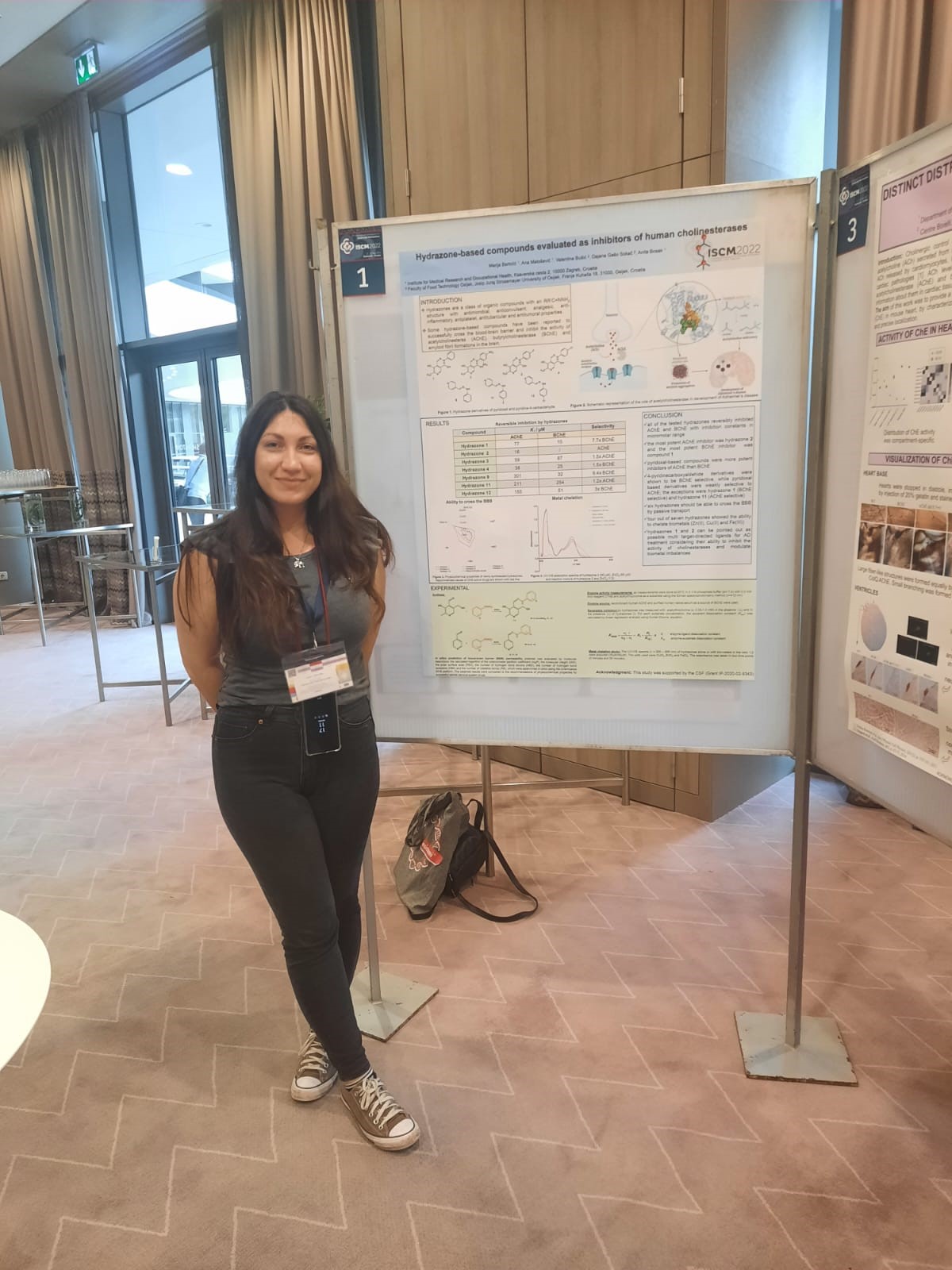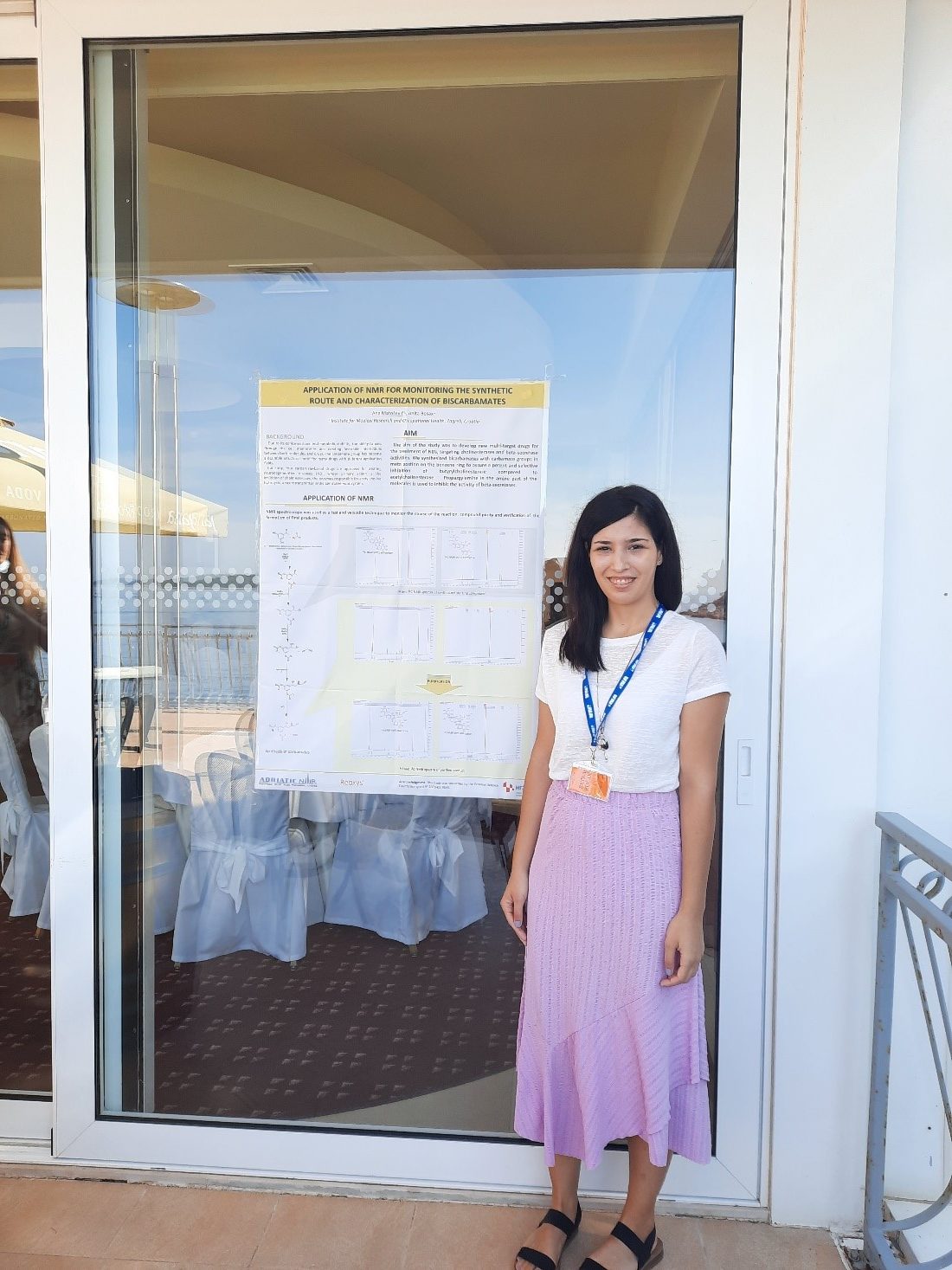More info about the project available at: https://projekti.imi.hr/humenhealth/en/
This project, in line with the One Health approach of the World Health Organization, aims to integrate research for a better understanding of the health status of specific environmental and animal systems. The goal is to understand their impact on human health, explore ways to detect health disorders in humans and the environment early, and identify methods for prevention. The research will encompass potential interactions among genetic, nutritional, and psychosocial factors contributing to health disorders caused by pollutants in the living and working environment. Additionally, the project will investigate possibilities to enhance the methodology of epidemiological studies and improve statistical data processing methods.
The project will focus on:
1. Chemical pollutants (metals, pesticides, biocides, skin allergens, and irritants).
2. Physical pollutants (noise).
3. Psychosocial factors (personal and organizational stressors, broader social context stressors).
The environmental burden will be analyzed in aquatic organisms, water, sediment, plants, and animals in terrestrial ecosystems and/or food. Biochemical mechanisms of nutrient and pollutant action will be explored using in silico methods. Human organism load will be studied through biomonitoring methods, investigating health disorders such as skin inflammation, obesity, osteoporosis, neurobehavioral disorders, developmental disorders, plant and animal poisoning, vitamin and mineral deficiencies, and hearing damage caused by noise, using clinical and psychological methods.
The main project goal is to investigate the health status of selected environmental and animal systems, their impact on human health, early detection methods for human and environmental health disorders, and ways to improve prevention.
Specific project objectives include:
1. Examining the distribution and accumulation of metal(oid)s in target organs of tissues in animal indicator species.
2. Assessing nutrient intake and exposure to major food and water pollutants, evaluating potential health risks and characterizing plant and fungal poisonings in the population.
3. Assessing metal(loid) exposure (Cd, Pb, Hg, As) via dietary and lifestyle habits in the general and vulnerable population using human biomonitoring; evaluating the association between toxic and essential elements and genetic polymorphisms, including epigenetic and metabolomic effects; and developing the new analytical methods for element determination in biological samples.
4. Investigation of the effects of genetic factors and environmental chemicals on the development of occupational skin diseases; estimating the skin barrier function parameters as early biomarkers of skin diseases; assessing the occupational health and safety status in high-risk populations; and conducting an educational intervention to improve the prevention of occupational skin diseases.
5. Studying recreational headphone use in young adults, measuring noise exposure and its potential association with hearing damage.
6. Identifying enzymatic reactions of tyrosinase at the molecular level for understanding the development and treatment of Parkinson’s disease.
7. Assessing sleep quality and daily functioning in different age groups in relation to chemical and psychosocial factors.
8. Examining and proposing statistical methods for analyzing data from various sources in the assessment of chemical exposure and harmful effects.
The research will be conducted through seven work packages, each focusing on specific aspects of the project:
Work Package 1. Environmental Health (leader Zorana Kljaković-Gašpić) Considering a wide range of factors and their complex interactions, this work package will investigate the levels of metal(oid)s (both essential and potentially toxic) in abiotic components of the environment (soil, water, and sediment) and bioindicator organisms at different trophic levels of aquatic and terrestrial food webs, including some rarely covered by monitoring programs (rare and/or protected species). The pathways of metal(oid) transfer and accumulation between different ecosystem components will be explored, depending on biological and ecological influencing factors. The connection between the content of elements in target tissues of accumulation, indicators of oxidative stress (effect biomarkers), protein indicators of exposure (metallothionein, MT), and hormones in blood and hair (cortisol, testosterone, progesterone, total and free thyroxine, total and free triiodothyronine, and thyroid-stimulating hormone) will be investigated.
Work Package 2. Food and Health (leader Antonija Sulimanec) By additional sampling of food and analyses, not only of pesticides but also various metal(oid)s, encompassing the diet of female adolescents and the adult population of both genders, is planned to contribute to a better definition of the exposure of the Croatian population to major contaminants in food and drinking water. Poorly understood mechanisms of action and the degree of toxicity of endocrine disruptors will be investigated, as well as inter-individual differences in sensitivity to these toxins in the human population during puberty. The harmful effects of exposure to low doses of toxic chemical mixtures on human health will also be explored. We will continue with developing of the theoretical models for the evaluation of oxidation potentials and antioxidant activities of flavonoids.
Work Package 3. Human biomonitoring and (epi)genetic (leader Ankica Sekovanić) This work package aims to investigate the impact of daily environmental exposure to chemicals, dietary and lifestyle habits, and genetic factors on biomarkers of exposure, epigenetic and metabolomic changes, and the occurrence of clinically manifested health disorders in humans, including occupational diseases. The study will examine the following: 1) the influence of MT2A and MTHFR gene polymorphisms on biomarkers of metal exposure and biochemical parameters (glucose, lipid, and nutritional status) in the general population (men and women) and/or in the vulnerable population (mother-newborn pairs); 2) the effects of TNF-α polymorphisms and chemical exposure on the occurrence of work-related skin disorders among hairdressing students; and 3) the prevalence of gene polymorphisms in proteins that are implicated in metabolism of xenobiotics (e.g., P-glycoprotein, cytochrome P450, glutathione-S-transferase) and their association with biomarkers of dietary pesticide exposure among adolescents.
Work Package 4. Mental Health (leader Adrijana Bjelajac) This work package aims to integrate insights into the relationships between sleep and daily functioning of different age groups exposed to different combinations of harmful environmental influences. In collaboration with work packages 2, 5, and 7, the knowledge gained from previous studies on sleep quality and daily functioning of different age groups (adolescents, adults, the elderly) in the context of exposure to harmful chemical and psychosocial factors will be analyzed. Enzymatic reaction mechanisms of tyrosinase at the molecular level will be identified by combining molecular modeling methods with experimental data from the literature.
Work Package 5. Occupational Safety and Health (leader Željka Babić) In this work package, research will be conducted to improve the prevention of occupational skin diseases in high-risk populations of hairdressing students and students for the profession of medical nurse/technician who are regularly exposed to a range of chemicals with harmful effects on the skin during practical training. Research will be conducted on three levels: 1) knowledge and application of occupational safety measures and other measures for the prevention of skin disorders during the vocational education of Croatian hairdressing students (use of protective gloves, method and frequency of hand skin washing and care); 2) through the design of a prospective cohort study, the predictive value of parameters of skin barrier function for the early detection of the development of inflammatory skin disorders related to work will be examined, contributing to primary and secondary prevention of occupational skin diseases; skin barrier function will be examined by non-invasive methods of measuring transepidermal water loss (TEWL), skin pH, hydration, and temperature; 3) based on the results of the above research, a preliminary educational intervention study will be conducted, including lectures, written popular materials, and gift packages for students and/or workers in selected schools and/or workplaces in the Republic of Croatia.
Work Package 6. Noise (leader Marija Kujundžić) This work package will investigate the habits of recreational headphone use in individuals aged 18 to 40. The sound intensity in headphones that respondents usually apply in quiet and noisy environments will be determined, hearing will be assessed by audiometry, and the association between headphone use and possible hearing damage will be evaluated. The innovation of the research is reflected in the assessment of noise exposure by direct measurement of noise exposure, i.e., measuring the sound volume applied by respondents in headphones, which will allow a better assessment of the relationship between exposure and health damage.
Work Package 7. Scientific Research Methodology (leader Jelena Kovačić) The goal of this research is to examine and propose methods for analyzing data from multiple sources (such as data generated within the framework of other work packages, data from the literature, including open-access data and summary data from publications, in silico data on the structure and physicochemical properties of pollutants, and freely available data used for regulatory purposes) in assessing exposure and adverse effects of chemicals. Statistical models and machine learning models allowing the inclusion of different types of data in one model will be explored for data analysis, such as models used in meta-analyses, Bayesian models enabling the inclusion of expert knowledge and results from analyses from other sources in the form of model parameters, and probabilistic graphical models. In collaboration with work packages 2, 4, and 5, the features of epidemiological self-assessment methods (questionnaires) will be evaluated as alternatives to objective measures (e.g., clinical diagnosis of diseases or measurements of biomarkers as indicators of exposure) due to the simplicity of their application, especially in situations where implementing more objective measures would be financially, temporally, or logistically challenging.




